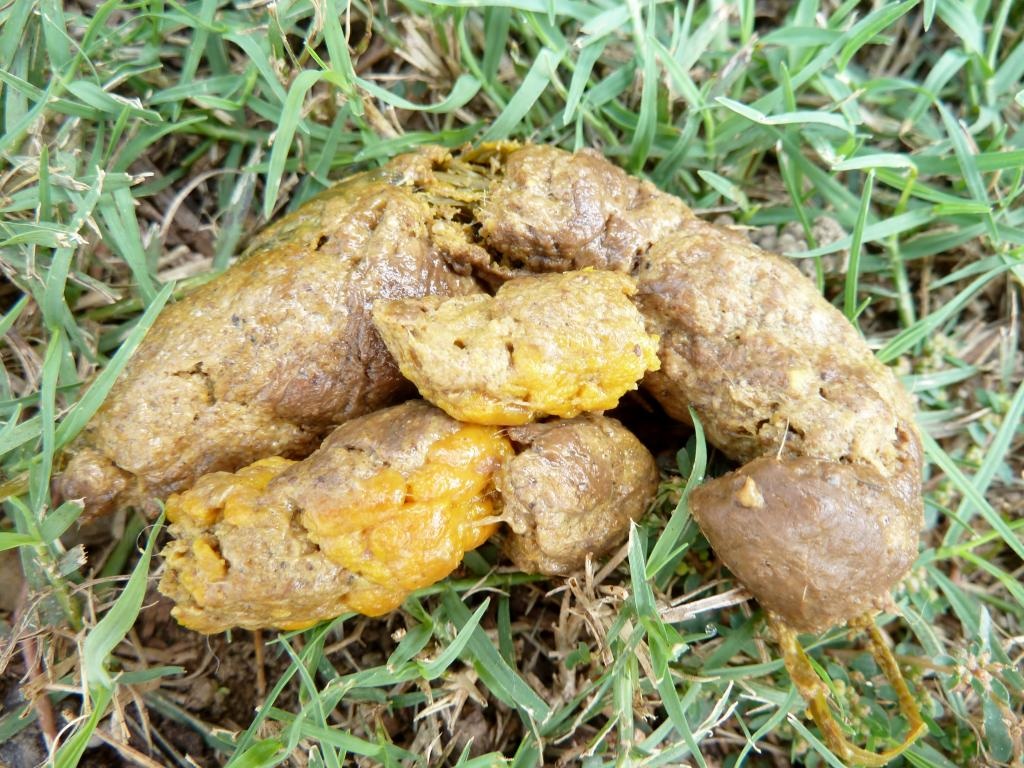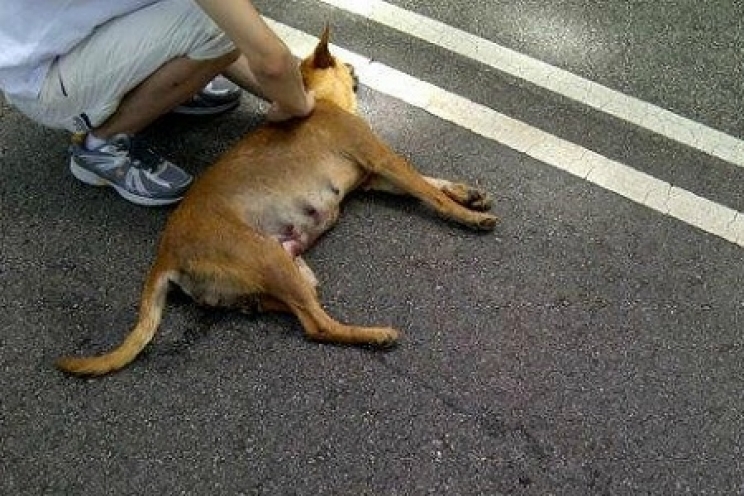The pancreas is a very important organ in the animals body. Its functions are essentially to aid digestion and to regulate the amount of sugar present in the blood.
Both functions can have problems and if the sugar regulation part does not work, it can lead to diabetes, which we specifically treat. If, on the other hand, the part relating to digestion is malfunctioning, we can have two types of situations: pancreatitis and pancreatic insufficiency, the two most common diseases affecting the pancreas.
Pancreatitis
Pancreatitis is inflammation of the pancreas. It does not seem so important but indeed it is one of the most painful diseases that can affect our dogs or our cats.
In fact, the pancreas has digestive enzymes inside it. In other words, proteins that help digest food by breaking it down into smaller pieces in order to be absorbed. Inside the organ, there are "safety measures" that ensure that these substances do not damage the pancreas itself: if this mechanism fails, we have a situation in which the pancreas digests itself. It basically corrodes.
The causes can vary. One is certainly obesity, or rather too much food: providing too much food to the dog stimulates the pancreas to produce a lot of "pancreatic juice", and the excessive enzymes required can in some cases avoid the "safety measures", so begin to digest the organ. Some conditions such as too many fatty acids in the blood or too much calcium can lead to the same situation. Intestinal infections, can lead to a situation where the intestinal microflora reaches the pancreas, infecting it.
This is a very painful situation: imagine having a self-digesting organ within you.
The animal will have vomiting, bloody diarrhea, continuous moans as soon as it moves and will assume the typical "sphinx" posture, to try to feel as little pain as possible.
We must immediately take him to a veterinarian who will implement organ protection therapy (through protective medicines), so the animal will not have to eat, see or smell food for a few days (the nutrients will be provided via drip) this is to avoid the stimulation of the pancreas and make it rest as much as possible.
To avoid this condition it is important to avoid giving too much food to our dog or cat and to make him move so that he does not become obese, a condition predisposing to this disease.
Pancreatic insufficiency
Insufficiency is a very different condition from the previous one. It is in fact a subtle situation that leads to a worsening of the health of our dog (cats are hardly affected) in a progressive and very slow way.
In some breeds, the dog's pancreas tends to get smaller over time, while in others it tends to stop working. The causes are still unknown (they are probably genetic) but we must realize the presence of the problem on time and consult a veterinarian as soon as possible. Otherwise, if the pancreas stops working, it will produce a situation in which the dog will be very hungry but will not absorb the nutrients it ingests.
The pancreas, in fact, allows the ingested nutrients to be digested (breaks them into small pieces so that the intestine can absorb them). If it doesn't work, they won't be absorbed.
The main symptom of this situation is diarrhoea: it is smelly, grey-yellowish in colour and is always very abundant. Although the dog eats a lot, he will lose weight and become increasingly weaker.

Once the dog has been taken to a veterinarian, he will establish if the cause of the discomfort is insufficiency and suggest a specific diet the dog will have to follow for life: it will be made up of highly digestible foods and extracts of pancreatic enzymes, which will help digest them.
Unfortunately, this is a disease with no cure, which mainly affects older animals and for which we cannot do much to prevent it. The only way to guarantee a dignified life is to follow the doctor's instructions and follow the animal’s diet carefully.










